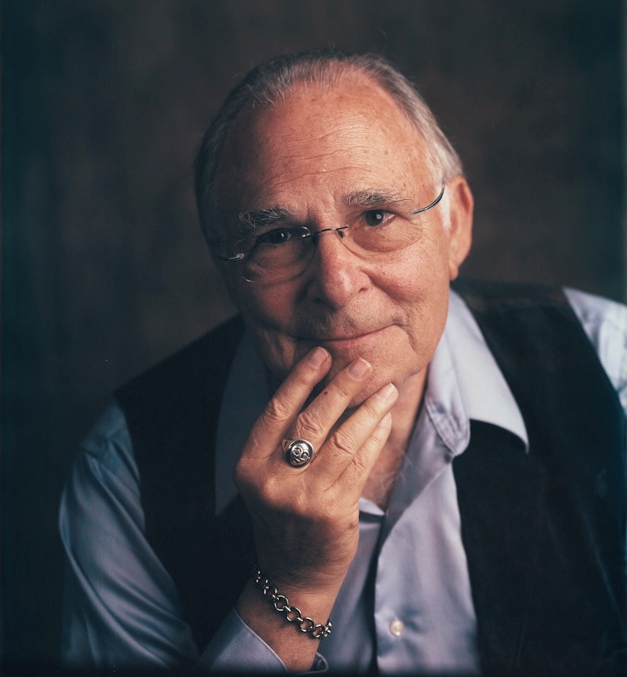Pixar turned to Paul Ekman, Ph.D. ’58, ’08 (Hon.), a pioneer in the science of emotions.

Paul Ekman, Ph.D., a pioneer in the study of emotions, advised Pixar on “Inside Out.”
According to Variety, the third top-grossing film of the summer of 2015 was Pixar’s Inside Out. The animated film revolves around an 11-year-old girl named Riley who is adapting to her family’s move and the beginnings of adolescence. But the real stars of the movie are her emotions—Joy, Sadness, Fear, Anger and Disgust—who battle for control of her thoughts and actions. Inside Out earned not only big bucks and critical acclaim—it went beyond entertaining young children to turn audiences into armchair analysts, aware of how emotions connect to rational thoughts and behaviors and how our memories can transform from joyful to bittersweet with the passage of time.
In 2014, while the film was still in preview, Peter Debruge, writing in Variety, predicted it “will forever change the way people think about the way people think. …In the absence of a truly satisfying model for how the mind works, Inside Out gives people a new way to visualize their own thought process.”
To accurately depict the emotional struggles taking place in the minds of the characters—and in all of us—Pixar turned to Paul Ekman, Ph.D. ’58, ’08 (Hon.), a pioneer in the science of emotions.
Dr. Ekman, professor emeritus of psychology at the University of California, San Francisco, who obtained a doctorate in experimental psychology from Adelphi’s Gordon F. Derner Institute of Advanced Psychological Studies, is best known for his study of the relationship between emotions and facial expressions. He’s a co-discoverer of what he terms “micro expressions”: rapid expressions of concealed feelings. The CIA and the FBI have called on Dr. Ekman for guidance in facial emotion analysis. In 2009, Time magazine listed him among the 100 most influential people in the world.
In an op-ed in The New York Times, Dr. Ekman wrote that Inside Out gets a lot right, and that it dramatizes two important insights from the science he’s studied for decades: Emotions organize both our rational thinking and our social lives, and emotions guide our perceptions, memories and judgments of right and wrong. They also structure our social interactions, from flirtations to sibling rivalry. Rather than being disruptive and interfering forces, our emotions are trying to communicate what really matters to us.
For further information, please contact:
Todd Wilson
Strategic Communications Director
p – 516.237.8634
e – twilson@adelphi.edu